On February 14, 2022, comiXology 4.0 was officially rolled out, replacing the popular industry-leading app with its parent company’s Amazon Kindle architecture. Reviews at the time – including from this parish – were largely not favourable. Now, six months and a few rounds of updates later, is the app, web reading, and shopping experience any better? Here are our thoughts.
Cy Beltran
Review devices: iPad (8th generation), 2020 MacBook Pro
Dean Simons
Review devices: iPad Mini 5 (2019); Samsung Galaxy S5e (2019)
I have been a dedicated and committed digital comics user for the better part of a decade and comiXology pre-4.0 had good reason to boast industry leading status and was a strong reason for me to shift from physical to digital media. The update to 4.0 put a significant dent in that thinking but because of my large library on the service, I have been forcing myself to use the app since the rollout. What was once a happy pleasure has become a point of frustration with different bugs being discovered on iOS and Android devices.
The most noticeable thing about the bug fixing updates thus far (besides how few there have been) is that there have been marginal improvements but not a wholesale fix to make the app feel as comparatively seamless as before. On iOS it crashes less – but still far more than it did in 3.0. It stutters and experiences lags and is temperamental. Six months in and I have started to predict what is likely to cause a problem – downloads are a guarantee for a freeze and crash, for instance.
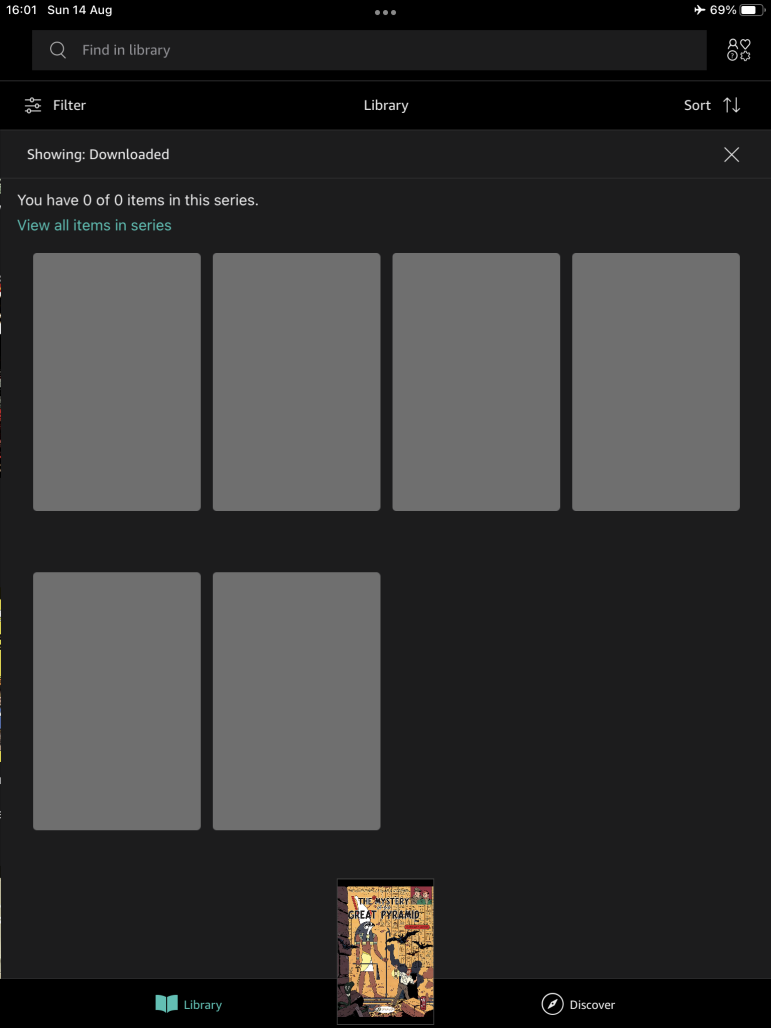
Android has some noticeable problems but runs far better than on iOS. Page turns feel faster, crashes happen far less – but you can still get the odd freeze and crash (again, usually from downloads). The most significant problem I have discovered on Android is that downloaded books may not open offline – despite the check mark (✔) indicator. I found that only by opening the book immediately after download, while still connected to the internet, will ensure it is available to read on the bus or plane. It is a sad thing to have to consciously think come up with your own workarounds for problems that were non-existent, or much rarer more than six months ago but here we are.
What is common across both iOS and Android is excruciatingly long boot times. You will be staring at the boot logo or a frozen page for up to a minute. It could be library size but this happens in offline mode too.
There are a handful of OK touches – one comes to mind is that when reading in landscape you can now have a continuous vertical scroll so you just keep swiping up as you reach the bottom of the page to begin the next page. This is neat for comic strip collections.
One of the big selling points for buying books on the old comiXology website – aside from having a cart – was the symbol on a book page indicating if a book was in ‘HD’ or a high-quality format. Some books can have very busy pages and some artists are too amazing to just speed past. Being able to zoom in on a high-resolution page to see how they did a certain effect was a highlight. Unfortunately, like the website, this promise/feature has been junked and I have noticed that a significant amount of my library has been downgraded. It is up to Amazon to fix but who knows how low it is on their list of priorities. Thus far this has made me regret my previous purchases and made me far more suspicious of quality commitments that the old service made. Especially since there is seemingly little curation process in allowing books on Amazon Kindle – as I have spotted plenty of pirated digital books for sale make it through the net.
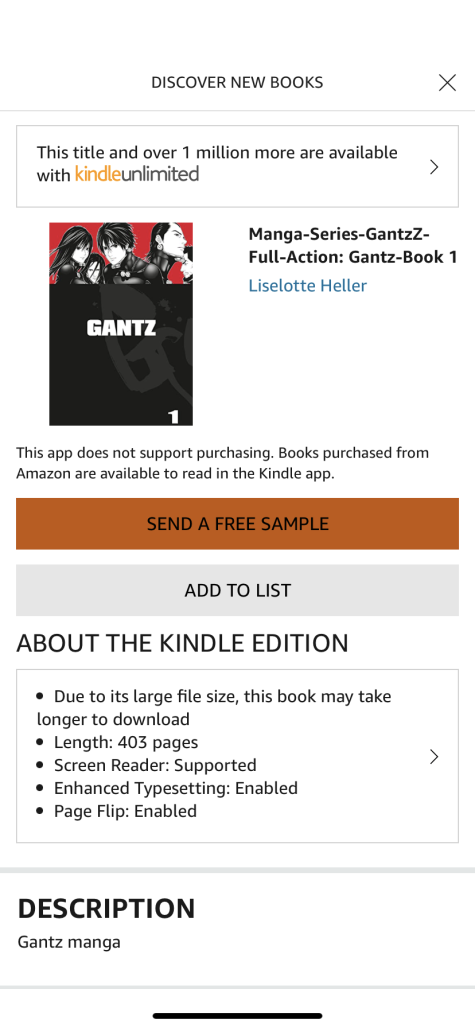
The online shopping experience remains a backwards step in many respects. For one, the store feels hidden. To even find the new comiXology (or ‘Kindle Comics’) store you must navigate a lot of menus – or cheat by typing the old comiXology web address, which will automatically redirect you. Once there, finding books from certain series or specific publishers (especially ones that aren’t big names) is a serious hassle – and unintuitive. You now have to buy books one at a time, so it requires far more thought and patience than necessary on a Wednesday – if you remain inclined to check anymore.
I used to be a fiend for sales. Now I debate whether I can honestly be bothered to browse – and single issues seem to be disincentivised in sales in favour of collections. Some publishers are starting to place single issues in sales again, but the pages are too disorganised to browse and identify them in the jumble. This is a shame as there were some benefits to digital single issues: sometimes single-issue sales used to be cheaper than collections on the old site; often collections removed ancillary elements like letter columns; you could also fit far more single issues than collections on a device.
Sale prices on Amazon are also a problem. On my regional store, in UK, the sale prices often remained the same as regular non-sale prices or did not indicate that they were the ‘lowest price in 30 days’. As well as that, not all sales would appear in the sale section. Europe Comics, a favourite publisher of mine, holds frequent sales and price drops that never appear in the sale section but are applied to their books on the store. But you have to find them. I can’t easily search by publisher anymore, so I now have to go through the list on the Europe Comics website and search for each individual book by name and author. It remains frustrating and rather futile.
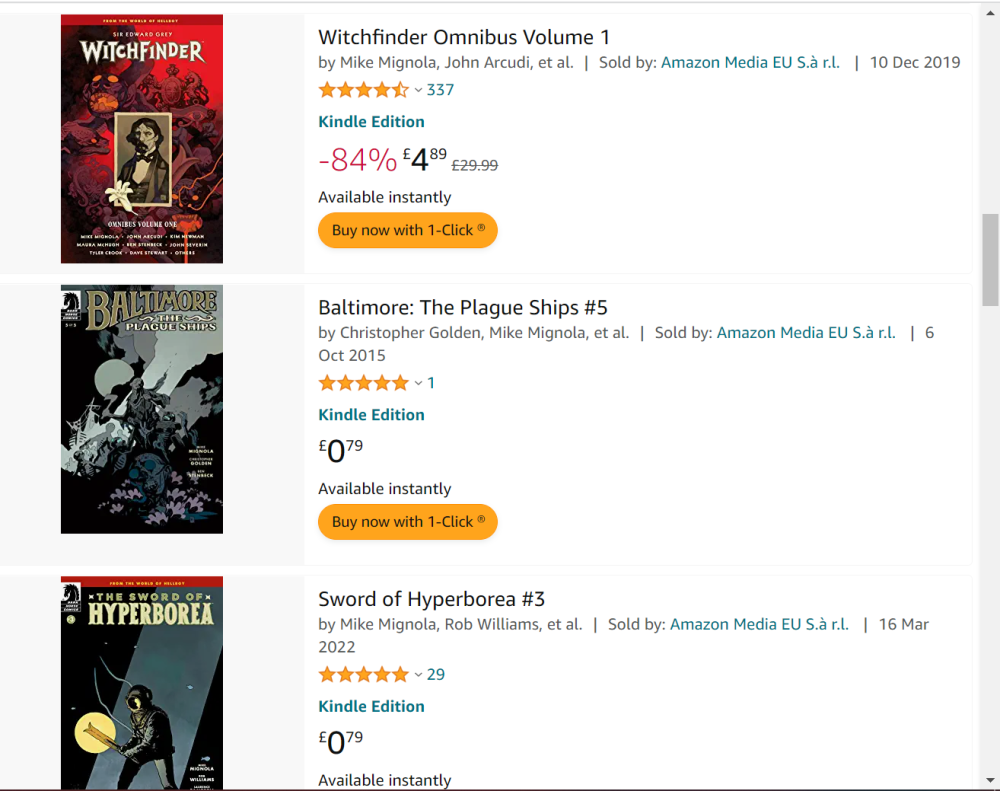
I briefly tried the Beta web reader on my laptop and immediately ran into issues so the less said about that the better.
In sum: Every element since the 4.0 rollout remains a trial of errors on Amazon’s part. We shall see if much will improve over the next six months.
Agree? Disagree? Let us know your thoughts and experiences using comiXology since the February 2022 update in the comments!



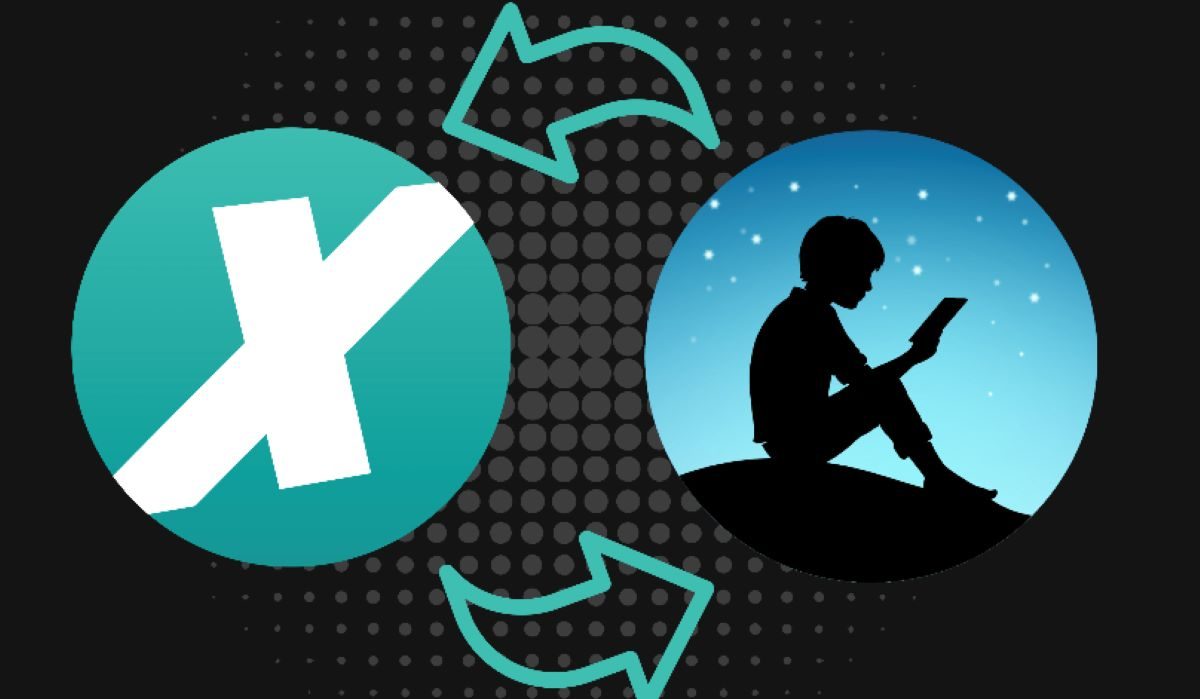

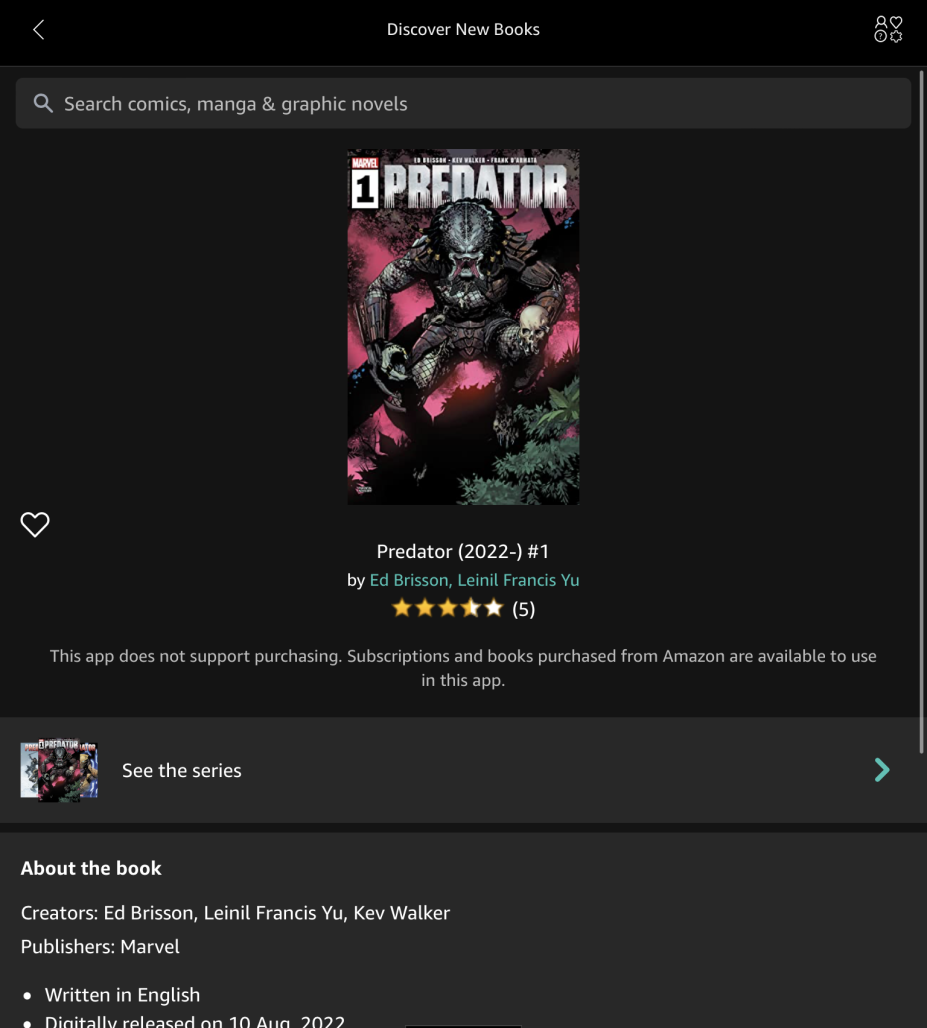
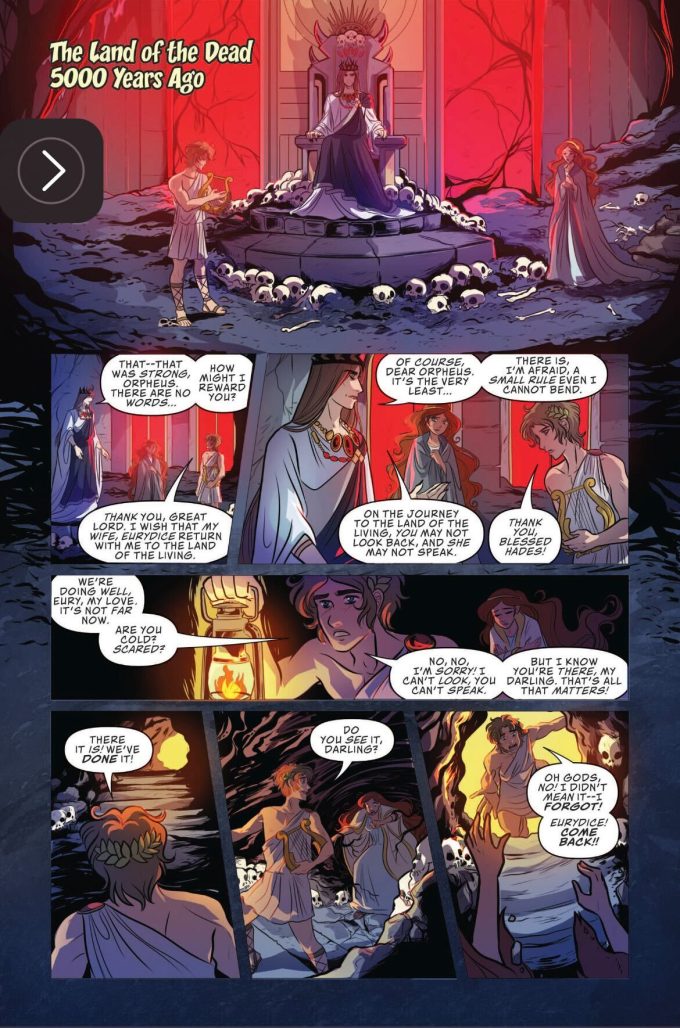
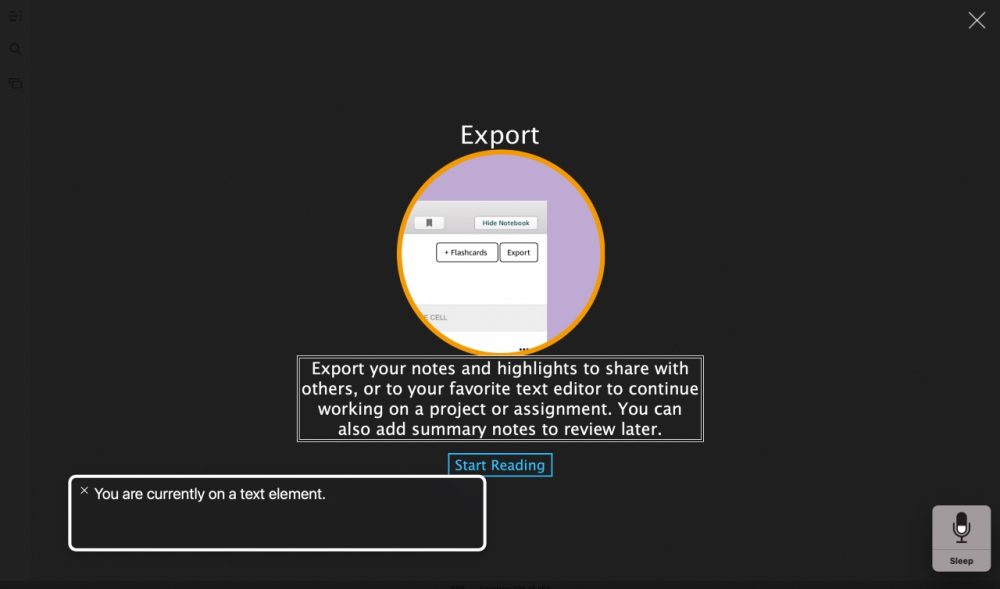







Much like Dean, I used to be a fiend for sales on Comixology, buying dozens of collections that I still haven’t gotten around to reading over the months and years preceding this “upgrade”. I would probably spend on average $20-60/month prior to the upgrade, and now spend precisely $0. I have maybe bought a single trade, and a couple of single issues for series I was in the middle of. I haven’t started ANYTHING new, and have in fact subscribed to the DC & Marvel apps in the mean time, even though those leave a lot to be desired also. So Amazon took a service that was a little awkward, but still completely usable and logical, and stripped it of all logic and made it a pain in the butt to shop and read on. Congratulations on singlehandedly killing the digital comics marketplace, I’m sure they’re very proud.
Some of the kinks have improved but not all. I do enjoy the vertical scroll and find myself using it more and more. I’ve noticed the downgrading from HD on several books which is both annoying and head-scratching. Most recently noticed it on 100 Bullets # 3, which is.. y’know, why would you do that to Risso’s art when you obviously have the HD file already? I don’t seem to experience some of the lag/ crashing issues others do – my iPad runs fairly smoothly although it does hang up occasionally with multiple downloads.
The store OTOH is a disaster on wheels. Agree with everything the reviewer wrote about sales, which are now impossible to navigate. No more “recently reduced” section. The search engine is useless for some of the smaller publishers – ex: it works fine for “Aftershock Comics”, but is worthless for “Vault Comics”. No cart feature – even the supposed quick purchase button takes you to a separate screen. You end up having to navigate through dozens of screens just to get your books each week. The subscription feature can alleviate that to some extent but so many books now are one-shots or whatnot that that doesn’t really work either. These seem like fixable problems but I dunno if it’s a priority for Amazon.
One of the biggest issues for me is I’m STILL missing several hundred comics from my library. After spending several thousands of dollars over the years, not being able to read a decent sized chunk of what I’ve actually purchased, is beyond ridiculous.
I’m a committed digital comics reader, and I’ve bought several hundred comics from Comixology over the years. That has slowed down to almost none since February.
I have issues with the organization on the new website, which I find harder to navigate. But my biggest concern by far is the lack of DRM-free downloads for new purchases. It has really discouraged me from using Comixology.
Thank you for this. I hate the new app so much, that i unsubscribed after years as a fan. It’s just unusable for me now. I have not read a book in comixology in a long time.
I too was a rabid sale watcher, but no more! Sigh.
I’d love to know what impact this has had on publishers. I cancelled my Unlimited subscription and haven’t used it in earnest since Feb. Since then, I’ve discovered how amazing my public library is.
I stopped buying Comixology comics six months ago and switched to physical copies supplemented by DC Universe and other sources.
Similar to GM, Firestone and Standard Oil buying transit lines in the 1930s and 40s, then killing them: Amazon’s schtick is to kill competitors with frequent sales at a loss. Amazon successfully killed physical book stores, kneecapped a competing ebook store (with DOJ’s help), killed competing audio book stores, and now destroyed digital comics.
Comments are closed.